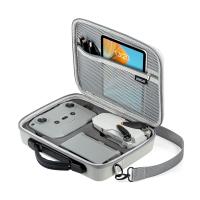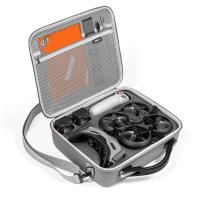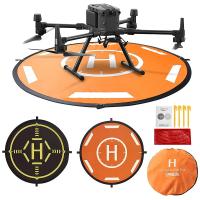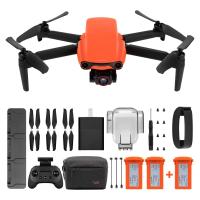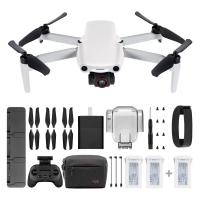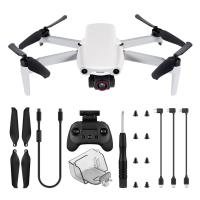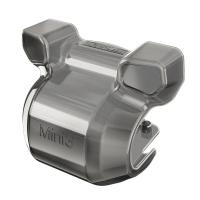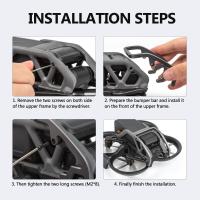How To Fly Drone?
Flying a drone has become an increasingly popular hobby and professional activity, offering a unique perspective on the world from above. Whether you're a beginner or looking to refine your skills, understanding the fundamentals of drone operation is crucial. This article will guide you through the essential steps and considerations for flying a drone safely and effectively.
Understanding Drone Basics
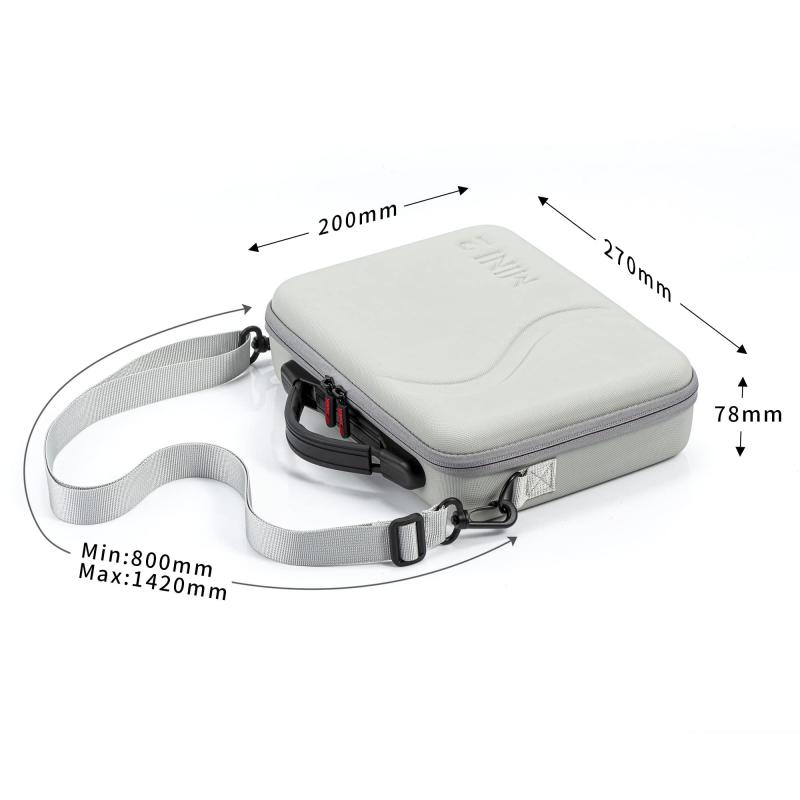
Before you take to the skies, it's important to familiarize yourself with the basic components and functions of a drone. Most consumer drones consist of the following parts:
1. Frame: The structure that holds all the components together.
2. Motors and Propellers: These provide the lift and thrust needed for flight.
3. Battery: Powers the drone.
4. Flight Controller: The brain of the drone, which processes input from the pilot and sensors.
5. GPS Module: Helps with navigation and positioning.
6. Camera: For capturing aerial footage (optional but common in many drones).
Pre-Flight Preparations
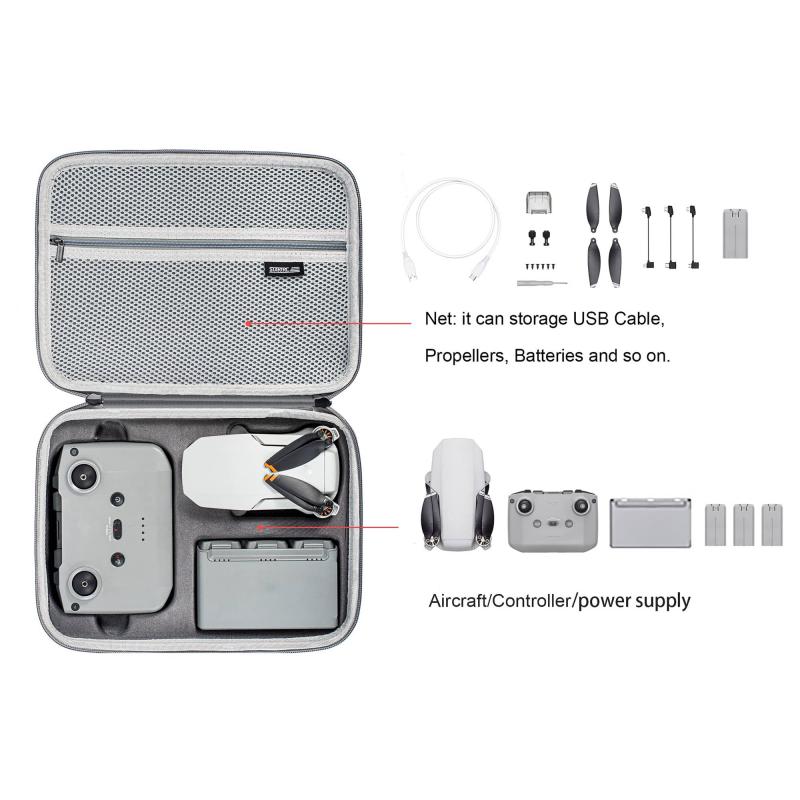
1. Read the Manual: Every drone model is different. Reading the manual will help you understand the specific features and controls of your drone.
2. Check Local Regulations: Different regions have varying laws regarding drone usage. Ensure you are compliant with local regulations to avoid fines or legal issues.
3. Inspect Your Drone: Before each flight, check the drone for any damage or wear and tear. Ensure the battery is fully charged and the propellers are securely attached.
4. Calibrate the Compass and GPS: This is crucial for accurate navigation and stable flight.
Basic Flight Controls
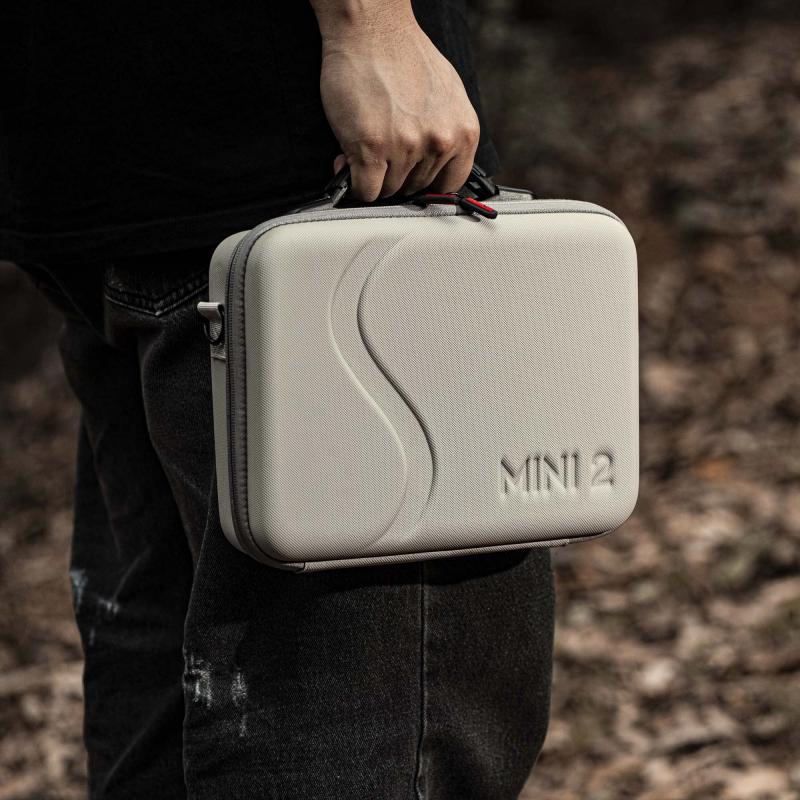
Understanding the basic controls is essential for safe and effective drone operation. Most drones are controlled using a remote controller with two joysticks:
1. Left Joystick: Controls altitude (up/down) and rotation (yaw).
2. Right Joystick: Controls forward/backward movement and left/right movement (pitch and roll).
Taking Off and Landing
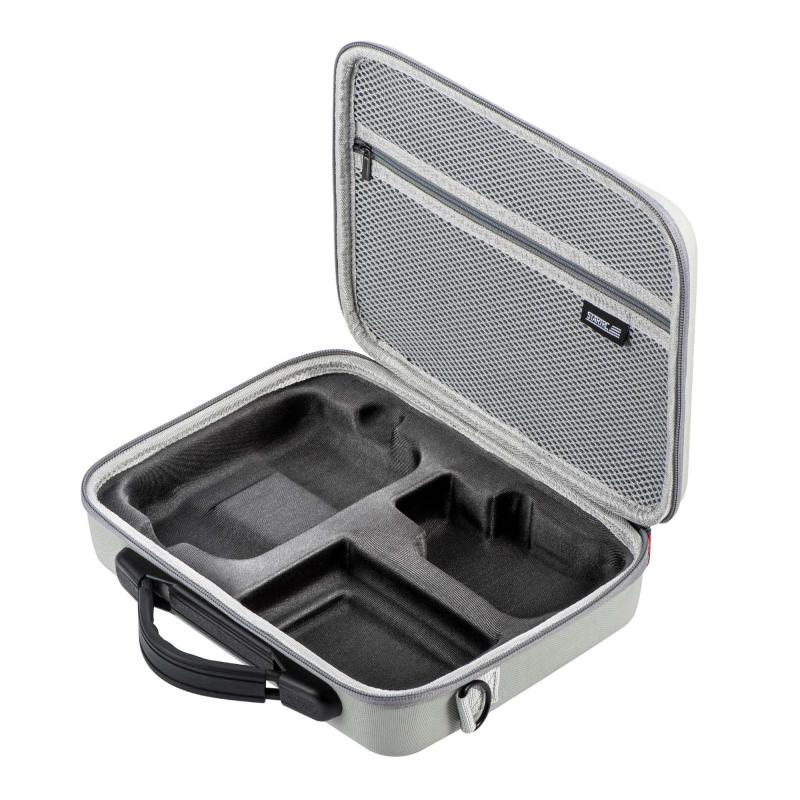
1. Takeoff: Place the drone on a flat surface. Slowly push the left joystick up to lift off. Keep the drone at a low altitude until you are comfortable with the controls.
2. Hovering: Practice hovering in place to get a feel for the controls. This is a fundamental skill that will help you in more complex maneuvers.
3. Landing: Slowly bring the drone down by gently pulling the left joystick down. Ensure the landing area is clear of obstacles.
Basic Maneuvers
1. Forward and Backward: Use the right joystick to move the drone forward and backward. Practice smooth and controlled movements.
2. Left and Right: Use the right joystick to move the drone left and right. This is useful for positioning the drone for a better view or avoiding obstacles.
3. Rotation (Yaw): Use the left joystick to rotate the drone left or right. This helps in changing the direction the drone is facing without moving its position.
4. Altitude Control: Use the left joystick to adjust the altitude. Practice maintaining a steady altitude while performing other maneuvers.
Advanced Techniques
Once you are comfortable with the basics, you can start exploring more advanced techniques:
1. Circle or Orbit: Fly the drone in a circular path around a point of interest. This is great for capturing dynamic footage.
2. Figure Eight: Fly the drone in a figure-eight pattern. This helps improve your control and coordination.
3. Waypoint Navigation: Some drones allow you to set GPS waypoints for automated flight paths. This is useful for mapping or surveying large areas.
Safety Tips
1. Avoid Obstacles: Always be aware of your surroundings and avoid flying near trees, buildings, or power lines.
2. Maintain Line of Sight: Keep the drone within your line of sight at all times. This helps you maintain control and avoid accidents.
3. Monitor Battery Life: Keep an eye on the battery level and return the drone to the landing area before it runs out of power.
4. Weather Conditions: Avoid flying in strong winds, rain, or other adverse weather conditions. These can affect the drone's stability and performance.
Troubleshooting Common Issues
1. Loss of Signal: If you lose signal, most drones have a "return to home" feature that will automatically bring the drone back to the takeoff point.
2. GPS Issues: If the GPS signal is weak, try recalibrating the compass or moving to an area with a clearer view of the sky.
3. Motor or Propeller Problems: If the drone is not flying correctly, check the motors and propellers for damage or debris.
Legal and Ethical Considerations
1. Privacy: Respect people's privacy and avoid flying over private property without permission.
2. No-Fly Zones: Be aware of no-fly zones, such as near airports or military bases. Many drones have built-in geofencing to prevent flying in restricted areas.
3. Wildlife: Avoid disturbing wildlife. Flying too close to animals can cause stress and harm.
Flying a drone can be an incredibly rewarding experience, offering new perspectives and opportunities for creativity. By understanding the basics, practicing regularly, and adhering to safety and legal guidelines, you can enjoy this exciting activity while minimizing risks. Whether you're capturing stunning aerial footage or simply enjoying the thrill of flight, the key to success is preparation, practice, and responsibility. Happy flying!


